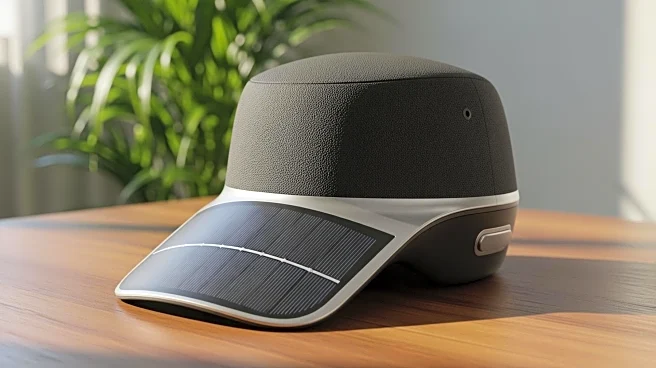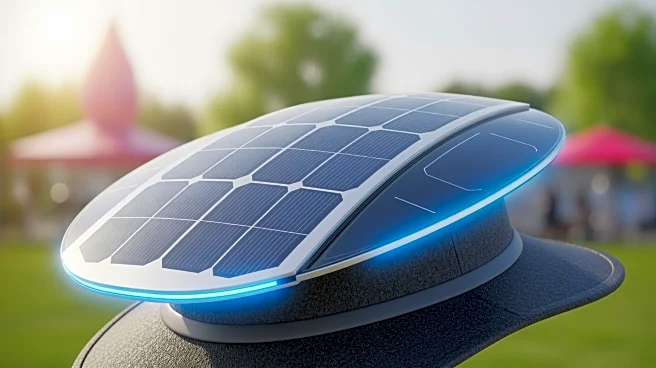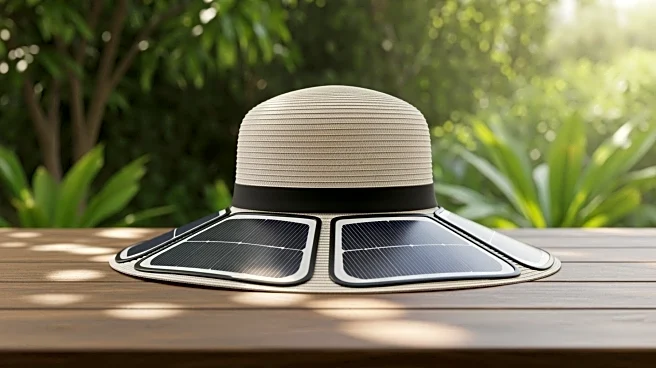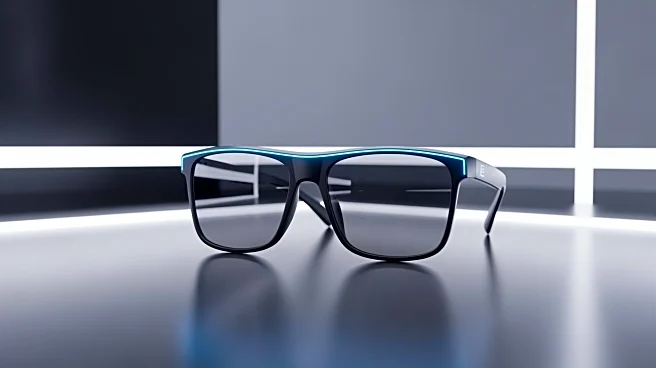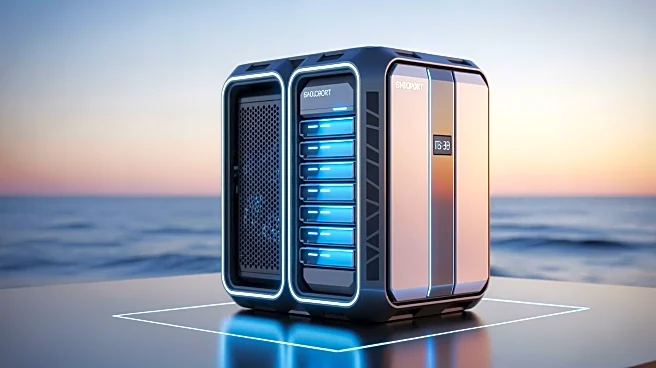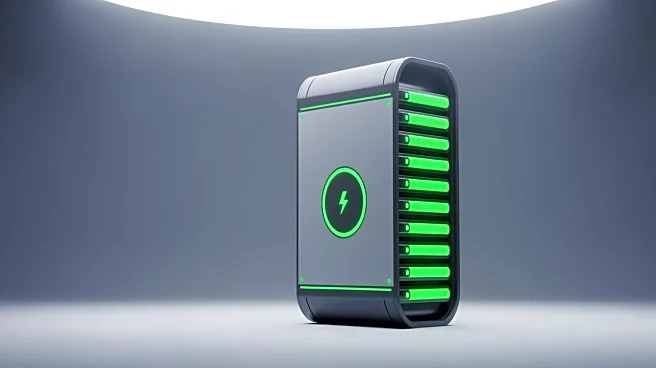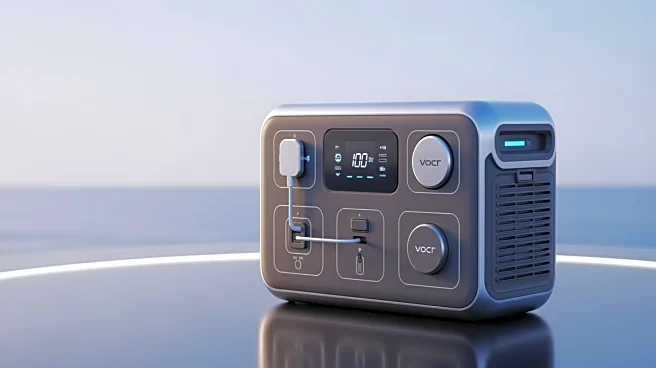What's Happening?
The EcoFlow Power Hat, a solar-powered sun hat designed to charge devices, has been criticized for its lack of practicality and effectiveness. The hat, which features eight small solar panels integrated
into its brim, is intended to provide a portable charging solution through USB ports. However, tests have shown that the hat generates only about 5 watts of power under optimal conditions, far below the claimed 12 watts. This low power output means it would take approximately 100 hours to fully charge a device like an iPhone 17 Pro. The design of the hat has also been criticized for its aesthetics and impracticality, as it requires a cable to connect to devices, making it cumbersome to use.
Why It's Important?
The EcoFlow Power Hat highlights the challenges of integrating solar technology into wearable products. While the concept of a solar-powered hat is innovative, the execution falls short, demonstrating the limitations of current solar technology in small-scale applications. This case underscores the importance of practicality and efficiency in product design, especially in the renewable energy sector. Consumers seeking portable solar solutions may be better served by more traditional solar panels or portable chargers, which offer higher efficiency and practicality. The failure of the EcoFlow Power Hat to meet its promises could impact consumer trust in similar products and influence future product development in the wearable tech industry.
What's Next?
EcoFlow may need to reconsider the design and functionality of its solar-powered products to better meet consumer expectations. This could involve redesigning the hat to improve its solar panel efficiency or exploring alternative wearable designs that offer better practicality and aesthetics. Additionally, the company might focus on enhancing the power output to make the product more viable for everyday use. As the renewable energy market continues to grow, companies will need to innovate and adapt to consumer demands for efficient and practical solutions.
Beyond the Headlines
The EcoFlow Power Hat's shortcomings also raise questions about the broader implications of integrating renewable energy into consumer products. As the demand for sustainable solutions increases, companies must balance innovation with functionality. This case serves as a reminder of the importance of rigorous testing and consumer feedback in the development of new technologies. It also highlights the potential for renewable energy to be incorporated into everyday items, provided the technology can be effectively scaled and implemented.
